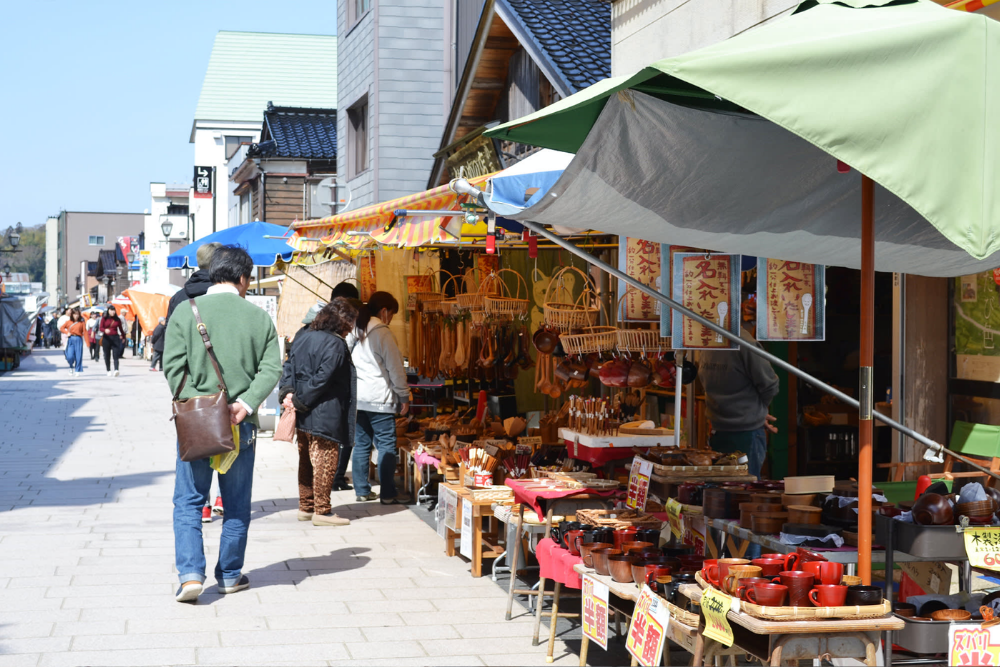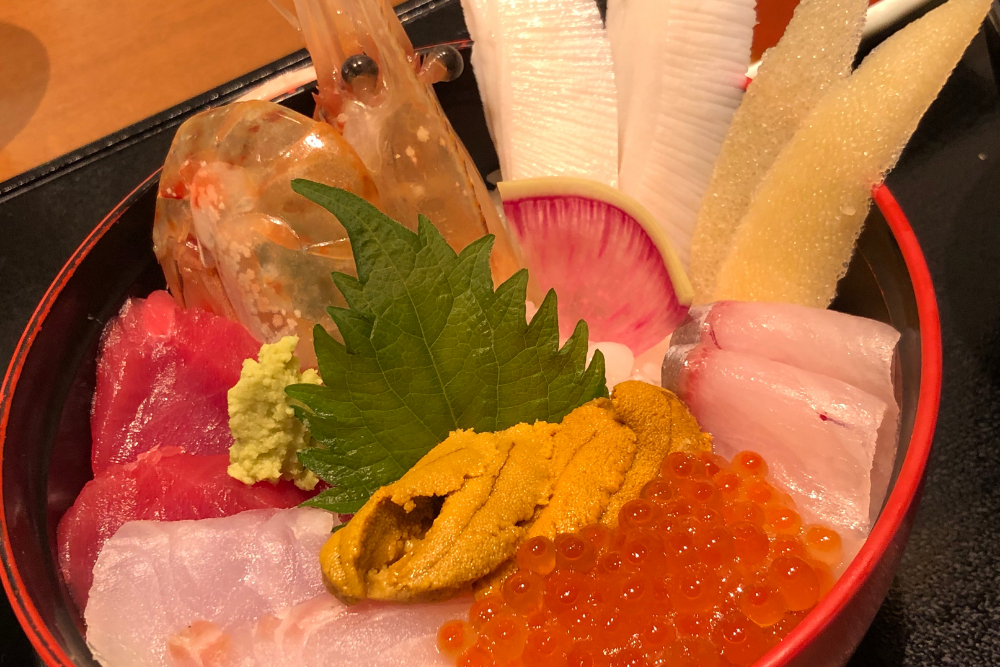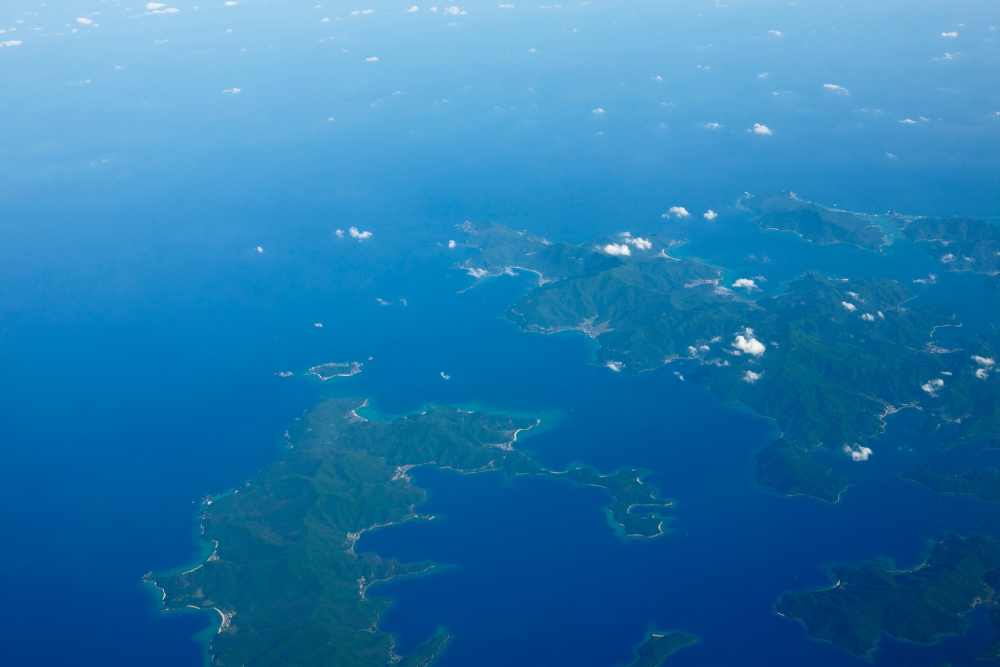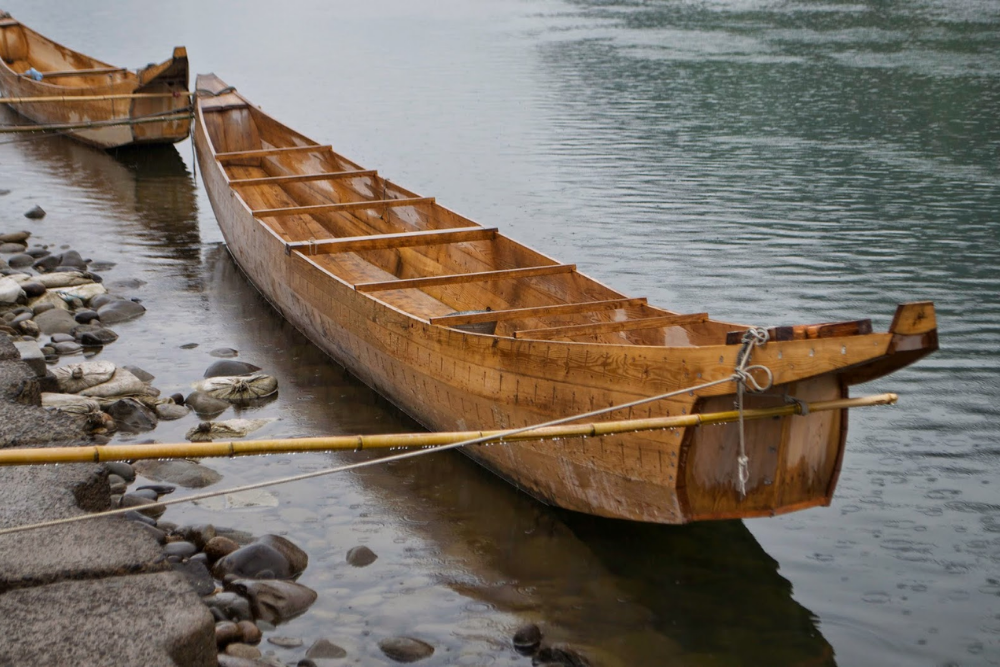Introduction
Japan’s coastal regions are home to centuries-old fishing villages where traditional ways of life have been preserved despite modernization. From the rugged shores of Hokkaido to the picturesque inlets of Kyushu, these villages offer a glimpse into Japan’s maritime heritage, rich seafood culture, and deep connection with nature.
Spending a day in a traditional Japanese fishing village is a chance to experience authentic coastal life, enjoy fresh seafood, and explore stunning seascapes. This guide outlines how to make the most of your visit, from early morning fish auctions to sunset by the harbor.
Morning: Witness the Fishing Culture in Action
1. Visit a Fish Market or Morning Auction
Fishing villages often revolve around the local fish market, where fresh catches are delivered and sold at dawn. One of the best ways to experience village life is by watching a live fish auction, where fishermen and buyers negotiate over the finest seafood.
- Where to Go:
- Wajima Morning Market (Ishikawa Prefecture): One of Japan’s oldest fish markets, operating for over 1,000 years.
- Himi Fish Market (Toyama Prefecture): Famous for its yellowtail (buri), a prized winter delicacy.
- Yaizu Fish Market (Shizuoka Prefecture): Known for its bonito and tuna catches.
- What to Expect:
- Watch fishermen unload their boats after early morning fishing trips.
- See local seafood traders bid on the freshest fish.
- Taste freshly prepared sashimi and grilled seafood right at the market.
2. Take a Fishing Boat Tour
For a hands-on experience, many fishing villages offer boat tours where visitors can join local fishermen and learn traditional fishing methods.
- Activities May Include:
- Trawl net fishing: Try your hand at pulling in fishing nets.
- Line fishing: Learn how to catch seasonal fish like mackerel, flounder, or snapper.
- Seaweed and shellfish harvesting: Discover how wakame seaweed and oysters are cultivated in calm coastal waters.
- Recommended Villages for Boat Tours:
- Ine (Kyoto Prefecture): Known for its iconic funaya (boat houses), where fishing families live above the water.
- Ainoshima (Fukuoka Prefecture): A quiet island famous for traditional net fishing.
Midday: Enjoy a Traditional Fisherman’s Meal
3. Eat a Kaisendon (Seafood Rice Bowl)
After a morning by the sea, there’s no better way to enjoy fresh seafood than by indulging in a kaisendon (sashimi rice bowl). Most fishing villages have small family-run restaurants serving seafood caught that very morning.
- Must-Try Dishes:
- Kaisendon: A bowl of rice topped with fresh sashimi—tuna, salmon, scallops, and sea urchin.
- Grilled fish: Locally caught horse mackerel (aji) or squid grilled over charcoal.
- Ise Ebi (Japanese Spiny Lobster): Found in coastal villages like Shima and Toba (Mie Prefecture).
- Uni (Sea Urchin): Best enjoyed in Hokkaido’s fishing villages, known for their cold, nutrient-rich waters.
4. Stroll Through the Village and Meet Local Artisans
Fishing villages are often home to skilled craftspeople who create tools and goods essential for maritime life. Spend the afternoon wandering through the village’s narrow streets, visiting traditional boat makers, net weavers, and pottery artisans.
- What to Look for:
- Handmade fishing nets and bamboo crab traps.
- Locally crafted lacquerware or pottery.
- Salt-making workshops, where seawater is evaporated to produce pure sea salt.
- Recommended Villages for Craftsmanship:
- Wajima (Ishikawa): Famous for Wajima lacquerware and seafood drying techniques.
- Amanohashidate (Kyoto): Known for traditional salt production and handcrafted wooden boats.
Afternoon: Explore the Natural Beauty of the Coastline
5. Visit a Historic Lighthouse or Coastal Shrine
Many fishing villages are home to centuries-old lighthouses and Shinto shrines, built to protect sailors and bring good fortune to fishermen. These locations often provide breathtaking views of the rugged Japanese coastline.
- Notable Spots:
- Tōjinbō Cliffs (Fukui Prefecture): A dramatic volcanic rock coastline with panoramic ocean views.
- Oshima Island (Shimane Prefecture): Features Benten Shrine, dedicated to the goddess of the sea.
- Shiriyazaki Lighthouse (Aomori Prefecture): A remote, picturesque lighthouse marking the northern tip of Honshu.
6. Walk Along a Scenic Coastal Trail
Many fishing villages are located near beautiful coastal hiking trails, offering rocky shorelines, hidden beaches, and sea caves.
- Best Coastal Walks:
- Matsushima Bay (Miyagi Prefecture): One of Japan’s most scenic bays, dotted with pine-covered islands.
- Shiretoko Peninsula (Hokkaido): A UNESCO World Heritage Site with wildlife-rich coastal scenery.
- Nagahama Kaigan (Shikoku): Famous for its sea turtle nesting beaches.
Evening: Experience the Village’s Maritime Traditions
7. Watch a Traditional Fishing Method
Some villages still practice ancient fishing techniques that have been passed down for generations.
- Ukaibune (Cormorant Fishing): In places like Gifu and Uji (Kyoto), fishermen use trained cormorants to catch river fish at night.
- Ise Shima Ama Divers: In Mie Prefecture, female free divers known as Ama dive without oxygen tanks to collect abalone, seaweed, and pearls.
8. End the Day with a Relaxing Onsen by the Sea
Many fishing villages are located near natural hot springs, offering a perfect way to unwind after a day of exploration. Some onsen even have outdoor baths overlooking the ocean, where you can soak while listening to the waves.
- Recommended Seaside Onsens:
- Kinosaki Onsen (Hyogo): A picturesque onsen town near the Sea of Japan.
- Misaki Onsen (Wakayama): Known for cliffside hot spring baths with ocean views.
- Noboribetsu Onsen (Hokkaido): Features hot springs rich in minerals, perfect for relaxation.
Conclusion
Spending a day in a traditional Japanese fishing village offers a rare opportunity to experience authentic maritime culture, breathtaking coastal landscapes, and some of the freshest seafood in the world. From watching the morning fish auction to taking a boat ride, enjoying a kaisendon lunch, and exploring local craft traditions, a visit to these villages is a deep dive into Japan’s coastal heritage.
For travelers seeking an off-the-beaten-path adventure, Japan’s fishing villages provide a peaceful escape, blending history, natural beauty, and time-honored traditions that continue to thrive along the country’s scenic shores.












